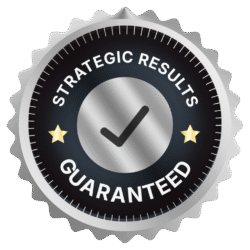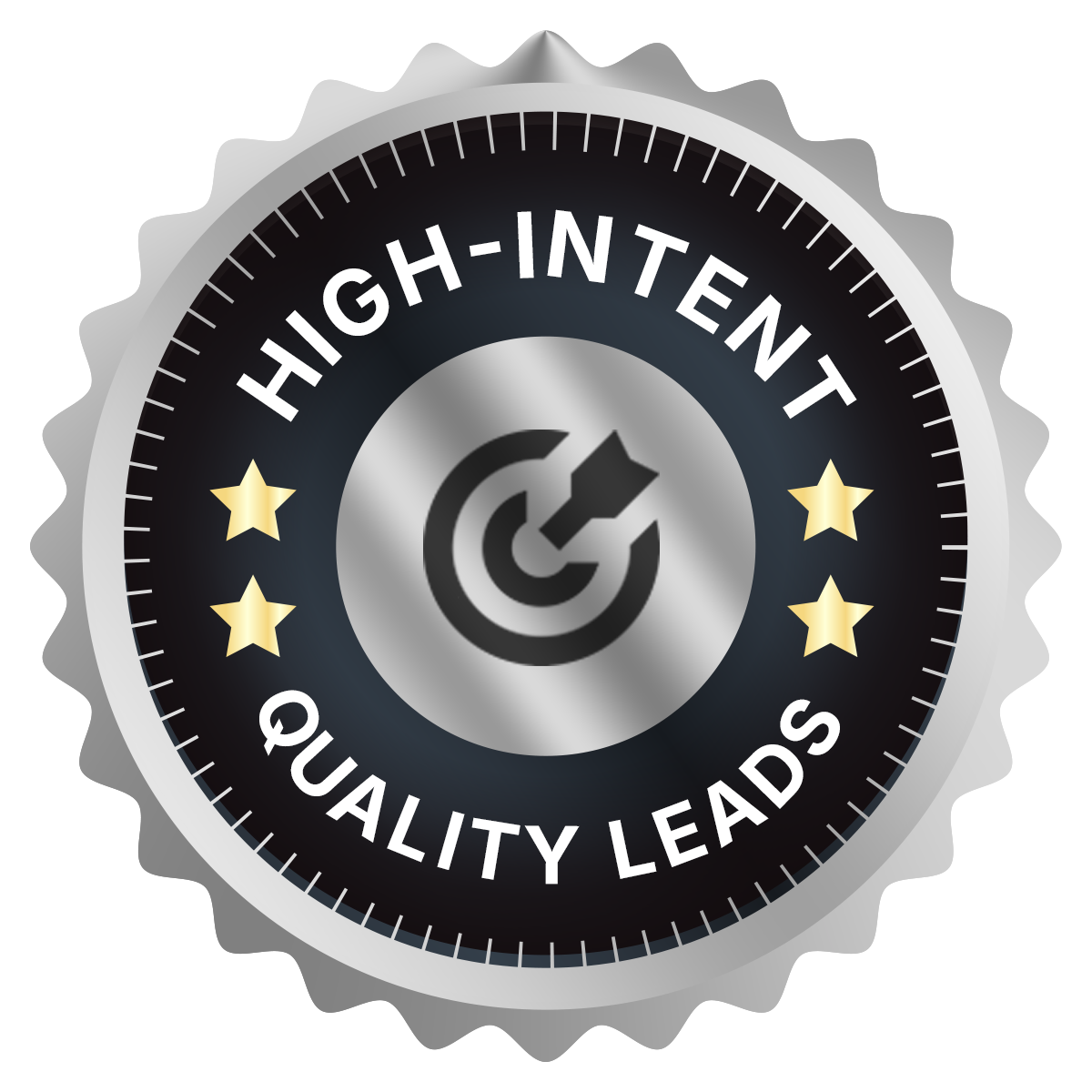Why Long-Term Campaigns Keep Getting Better Over Time
A fast campaign can generate immediate interest and leads, but true marketing mastery lies in crafting long-term campaigns that continually evolve, optimize, and deliver increasing value. Instead of treating each campaign as a one-and-done effort, long-term strategies leverage iterative learning, cumulative data insights, and strategic refinement—resulting in ever-improving performance. Below, we explore why long-term campaigns outperform stand-alone blasts and how they become more effective with each cycle.
1. Data Accumulates as a Strategic Asset
Short-Term Campaigns often rely on limited data—performance metrics from a single promotional push or a brief ad run. Once complete, insights are constrained to that specific window, making it challenging to draw broader conclusions.
Long-Term Campaigns function differently: every click, form submission, and conversion adds to a growing dataset. Over time, this allows you to:
- Identify High-Value Segments: By examining performance across weeks or months, you pinpoint which audiences consistently generate the best leads—be it specific demographics, geographic areas, or behaviors (e.g., repeat website visits).
- Refine Messaging and Creative: Gradually, you uncover which headlines, visuals, or offers resonate most. Early iterations might show that “Free Consultation” drives moderate clicks, but over time, you observe that “Immediate Expert Advice” yields higher-quality leads.
- Optimize Budget Allocation: With broader data, you can shift ad spend toward channels, keywords, or formats showing consistent ROI, while de-emphasizing underperformers. This dynamic reallocation boosts overall efficiency.
In essence, long-term campaigns transform scattered data points into a robust intelligence system—one that guides smarter decisions and continually enhances outcomes.
2. Audience Familiarity and Brand Trust Deepen
Short-Term Campaigns often focus on grabbing attention quickly—using urgency, discounts, or eye-catching creative. While effective for immediate response, they rarely build sustained trust or brand affinity.
Long-Term Campaigns, by contrast, repeatedly engage prospects over time. This persistent presence:
- Enhances Familiarity: When audiences see consistent, relevant messaging across multiple channels—social media, search ads, email newsletters—they begin to recognize and remember your brand. Familiarity reduces friction when the time comes to convert, as prospects feel more comfortable engaging with a known entity.
- Reinforces Credibility: Long-term campaigns often incorporate educational content—case studies, testimonials, expert insights—that gradually demonstrate your expertise. Over weeks or months, this accumulation of value positions you as a trusted authority rather than a fleeting promotion.
- Builds Relationships: By delivering timely, helpful information rather than just sales pitches, you nurture genuine connections. Prospects learn that your brand consistently offers value, making them more receptive to conversion when ready.
Building trust and familiarity takes time. Each touchpoint layers on the last, transforming a curious browser into a loyal customer.
3. Iterative Refinement Reduces Waste and Increases Efficiency
Short-Term Campaigns often launch with limited testing due to time constraints. They may rely on a single creative or a small set of keywords, leaving little room to learn and adapt mid-flight.
Long-Term Campaigns employ a process of continuous experimentation and improvement:
- Ongoing A/B Testing: Rather than testing a few elements in isolation, you cycle through multiple creative variations, headlines, and calls-to-action over weeks or months. Early winners inform subsequent tests, so your primary campaigns gradually converge on the most compelling combinations.
- Gradual Audience Expansion: Start with tightly defined audiences to establish baseline performance. As confidence grows, expand targeting parameters in calculated increments—adding new demographics, lookalike segments, or geographic regions—while comparing performance to original audiences.
- Adaptive Frequency and Placement: Over time, you identify optimal ad frequency (how often a single person sees your message) and the best times or platforms for engagement. Rather than overexposing audiences or underperforming in certain placements, you tailor delivery for maximum impact.
Through iterative cycles, long-term campaigns systematically eliminate unproductive elements, channeling resources toward strategies that reliably work.
4. Seasonal and Market Shifts Become Opportunities
Short-Term Campaigns often miss broader market dynamics—seasonal trends, shifting consumer behaviors, or emerging competitor tactics—because their timeframes are too narrow.
Long-Term Campaigns naturally encompass multiple seasonal cycles and market fluctuations:
- Seasonal Adjustments: By running campaigns across different quarters, you learn when demand peaks (e.g., back-to-school, holiday season) and when it dips. These insights enable you to schedule key promotions at the right times and plan budgets accordingly.
- Competitive Landscape Monitoring: Over months, you observe competitor moves—new product launches, pricing changes, or promotional pushes—and respond proactively. If a competitor offers a summer discount, you can counter with a targeted campaign highlighting your distinct value.
- Evolving Customer Preferences: Consumer interests evolve—new trends, emerging pain points, or shifting cultural contexts. Long-term campaigns capture these shifts, allowing you to adjust messaging or offerings. For instance, a health service might pivot from generic wellness content to telehealth resources as digital adoption grows.
Instead of being blindsided by external changes, long-term campaigns harness these shifts as strategic levers for staying relevant and competitive.
5. Compounded ROI Through Customer Retention and Upselling
Short-Term Campaigns focus predominantly on acquisition—getting new names into the top of the funnel. While vital, acquisition-only strategies often incur higher overall costs, as winning new business typically demands more resources than retaining existing customers.
Long-Term Campaigns integrate retention and upselling tactics alongside acquisition:
- Lifecycle Marketing: As new leads convert, they transition into a retention-focused track—receiving tailored content that promotes loyalty programs, referral incentives, or complementary offerings. Over time, this reduces churn and elevates lifetime value (LTV).
- Behavioral Trigger Campaigns: Use data on past purchase behavior—product ownership, service usage, or subscription timelines—to trigger timely offers. A customer whose subscription is about to expire receives a renewal incentive, while one who hasn’t purchased in several months sees a “We Miss You” discount or a curated upsell to a premium tier.
- Exponential Growth Through Advocacy: Satisfied long-term customers become brand advocates, referring new leads at minimal acquisition cost. Incorporating referral campaigns and social proof into your long-term strategy multiplies ROI, as each satisfied customer can generate multiple new prospects.
By nurturing both new and existing customers, long-term campaigns generate compounding returns, turning one-time transactions into ongoing revenue streams.
6. Sustainable Brand Equity Outlasts Promotional Noise
Short-Term Campaigns often rely on price-focused or sensational hooks—limited-time discounts, flash sales, or viral stunts. While these approaches grab attention, they can inadvertently train customers to expect promotions and undermine premium positioning.
Long-Term Campaigns prioritize building brand equity:
- Value-Driven Storytelling: Instead of focusing on fleeting deals, you center your narrative around core values—quality, innovation, social responsibility—that resonate consistently. Story-driven content (behind-the-scenes videos, customer success stories) elevates your brand beyond transactional relationships.
- Community Engagement: Sponsor or participate in local events, host webinars, or maintain active social media communities. Over time, you foster genuine connections with your audience, creating brand ambassadors who engage naturally rather than solely responding to discounts.
- Thought Leadership: Position your brand as an authority by publishing research, whitepapers, or expert insights. Thought leadership establishes trust and differentiates you from competitors who rely on price as their primary differentiator.
As your brand equity grows, newer campaigns launch from a position of strength—audiences already recognize and trust your brand, making them more receptive to offers and less likely to churn when market conditions shift.
Final Thoughts
Long-term campaigns improve over time because they transform isolated efforts into iterative, data-driven evolutions. Each engagement—whether a click, a download, or a purchase—feeds into a growing intelligence system that refines targeting, messaging, and budget allocation. By emphasizing sustained audience engagement, continuous optimization, and brand equity building, long-term campaigns achieve compounding ROI and resilience against market fluctuations.
If you want your marketing to transcend fleeting bursts of activity and become a self-sustaining engine, embrace the power of long-term campaigns. Commit to iterative learning, leverage insights across seasons, integrate retention strategies, and invest in brand-building. Over time, you’ll see that each new campaign not only works but also contributes to the growing momentum, setting the stage for ever-greater success.









